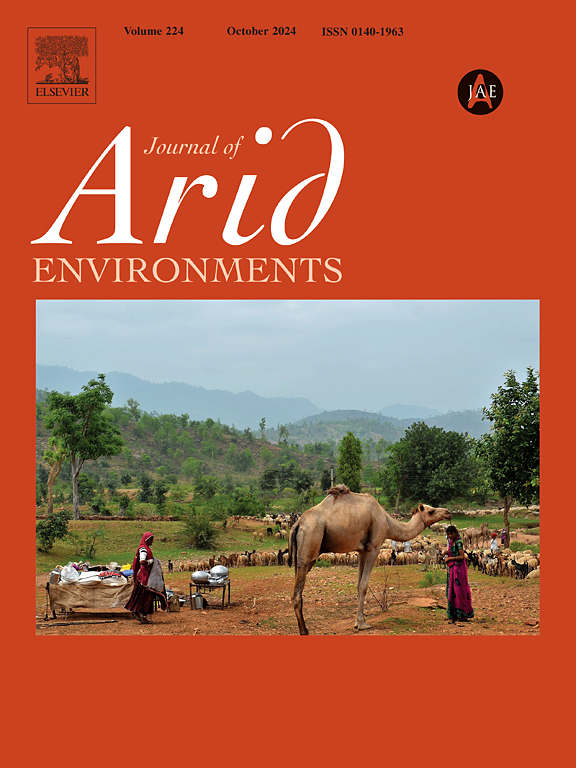Hydrogeochemistry and stable isotopes of water: Characteristics, influencing factors and sources in a semi-arid irrigated basin, Hetao Plain
IF 2.6
3区 环境科学与生态学
Q2 ECOLOGY
引用次数: 0
Abstract
The semi-arid Hetao Plain in the northwest is one of the largest and earliest irrigated areas in the Yellow River Basin. The Hetao Plain has become the focus of attention due to its rapidly growing population and water requirements. In this study, the hydrographic geochemistry of surface water and groundwater in the Hetao Plain was researched, and the effects of geochemical processes and human activities on these characteristics were also investigated. Most water samples were hard-brackish or hard-fresh. The sodium absorption ratio indicated that most of the water was of moderate quality for irrigation, and the poor-quality water had greater Na+ concentrations. Three major water types were identified: Na-HCO3, Ca-Na-HCO3 and Na-SO4-Cl, and the predominance was Ca-Na-HCO3 which accounted for 55.3% of the water types. Geochemical and stable isotope data suggested that the releasing of principal solutes in the waters was mostly dominated by silicate weathering and dissolution, and the processes of cation exchange and evaporation also performed significant roles, and surface waters were influenced by evaporation and groundwater discharge. Correlation and principal component analyses indicated that pH, EC, TDS, Na, K, Mg, HCO3, SO4, Cl, δ18O and δD, with a correlation coefficient of no less than 0.37, are primarily affected by natural processes. Ca and Mg may be associated with the parent material of soil formation in the area. NO3 and PO4 are mainly dominated by anthropogenic impacts, and the use of chemical fertilizers, industrial wastewater and urban domestic sewage emissions had a significant influence on water chemistry.
河套平原半干旱灌区水的水文地球化学及稳定同位素特征、影响因素及来源
西北半干旱的河套平原是黄河流域面积最大、最早的灌区之一。河套平原因其快速增长的人口和对水的需求而成为人们关注的焦点。本文研究了河套平原地表水和地下水的水文地球化学特征,探讨了地球化学过程和人类活动对这些特征的影响。大多数水样为硬半咸淡水或硬新鲜水。钠吸收比表明,大部分水质为中等,水质较差的水Na+浓度较高。水体类型主要为Na-HCO3、Ca-Na-HCO3和Na-SO4-Cl,以Ca-Na-HCO3为主,占55.3%。地球化学和稳定同位素数据表明,水体中主要溶质的释放主要以硅酸盐风化和溶蚀为主,阳离子交换和蒸发过程也起重要作用,地表水受蒸发和地下水排放的影响。相关分析和主成分分析表明,pH、EC、TDS、Na、K、Mg、HCO3、SO4、Cl、δ18O和δD主要受自然过程的影响,相关系数不小于0.37。Ca和Mg可能与该地区土壤形成的母质有关。NO3和PO4主要受人为影响,化肥使用、工业废水和城市生活污水排放对水体化学影响显著。
本文章由计算机程序翻译,如有差异,请以英文原文为准。
求助全文
约1分钟内获得全文
求助全文
来源期刊

Journal of Arid Environments
环境科学-环境科学
CiteScore
5.70
自引率
3.70%
发文量
144
审稿时长
55 days
期刊介绍:
The Journal of Arid Environments is an international journal publishing original scientific and technical research articles on physical, biological and cultural aspects of arid, semi-arid, and desert environments. As a forum of multi-disciplinary and interdisciplinary dialogue it addresses research on all aspects of arid environments and their past, present and future use.
 求助内容:
求助内容: 应助结果提醒方式:
应助结果提醒方式:


